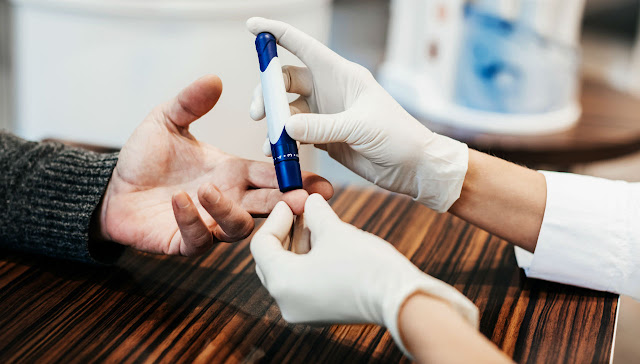Pyrogen Testing Plays a Major Role in Advanced Healthcare
Pyrogen testing, which identifies
the presence of pyrogen in an organism that produces fever, is crucial in
modern healthcare. Lepoteichoic acid and lipopolysaccharides both include
pyrogen. Products that are contaminated with pyrogens can hurt people's bodies
and raise their temperatures. Pyrogen testing is used to find pyrogen
contamination in medical equipment and pharmaceutical dosage forms. After
administration, pyrogen-contaminated injections can result in temperature
dysregulation (fever), body aches, inflammation, shock, multiorgan failure, and
other potentially fatal issues.
Pyrogen
testing, which is governed by a number of criteria from organisations
like the Food and Drug Administration (FDA), United States Pharmacopeia (USP),
or European Pharmacopeia, establishes if pyrogens are present or absent in
parenteral pharmaceutical products (EP). A product's sterility does not
guarantee that pyrogens are absent from it. To prevent febrile reactions in
patients, it is necessary to also test medications that are said to be sterile
for pyrogens.
Pharmaceuticals used for
parenteral administration must be devoid of pyrogenic (fever-inducing)
contamination as these elements can cause the receiver to experience
potentially fatal systemic inflammation. Endotoxins, which come from
gram-negative bacteria, are the first category of pyrogens. The second
category, Non-Endotoxin Pyrogens (NEPs), can come from gram-positive bacteria,
viruses, or fungi. The rabbit pyrogen test (RPT) and the bacterial endotoxin
test (BET) based on Limulus Amebocyte Lysate are two commonly used pyrogen test
techniques (LAL).




Comments
Post a Comment